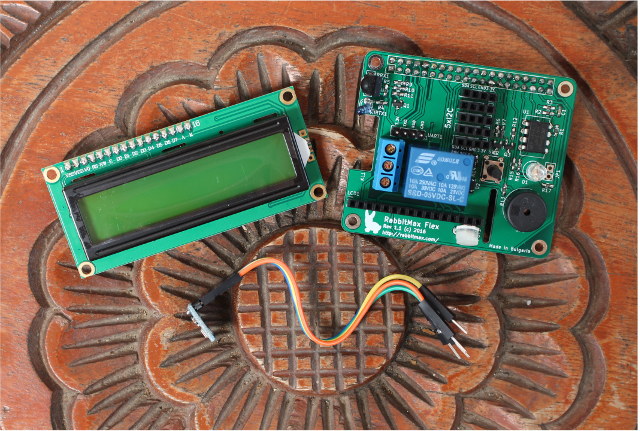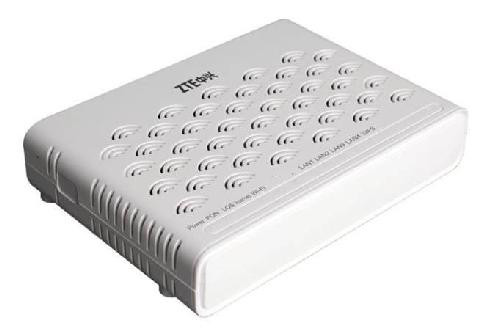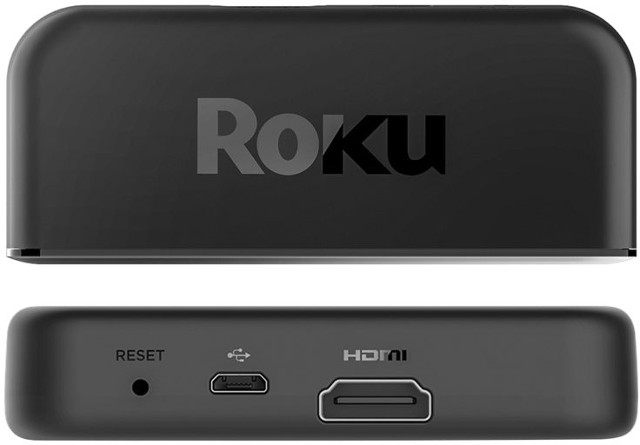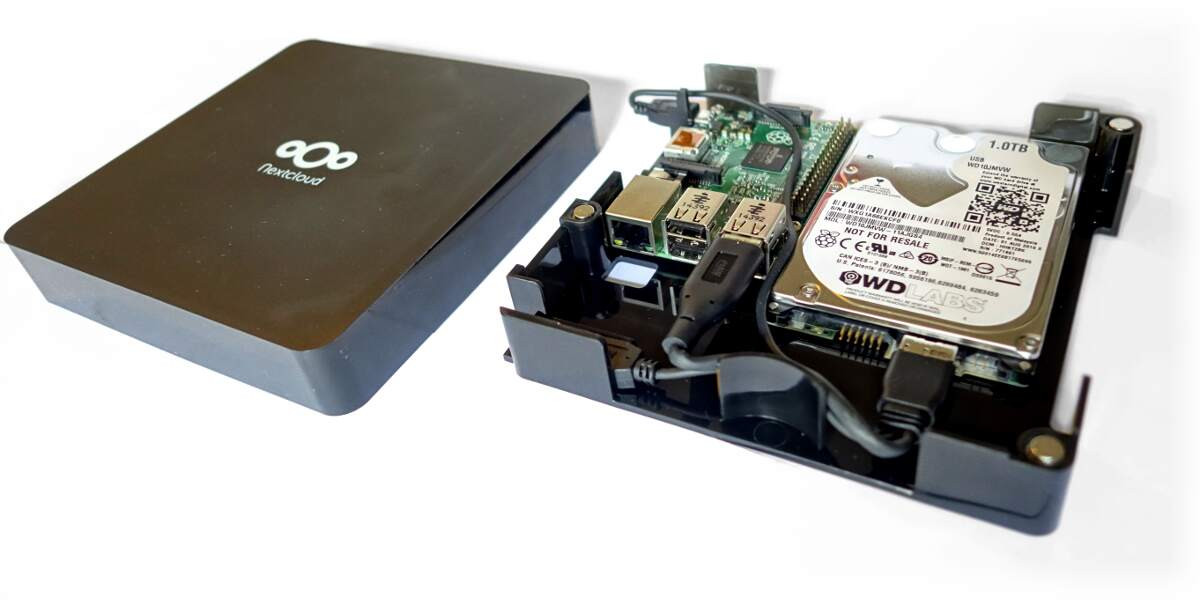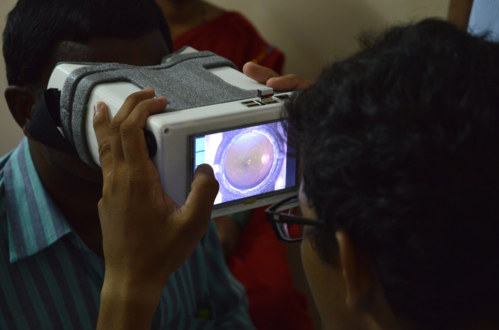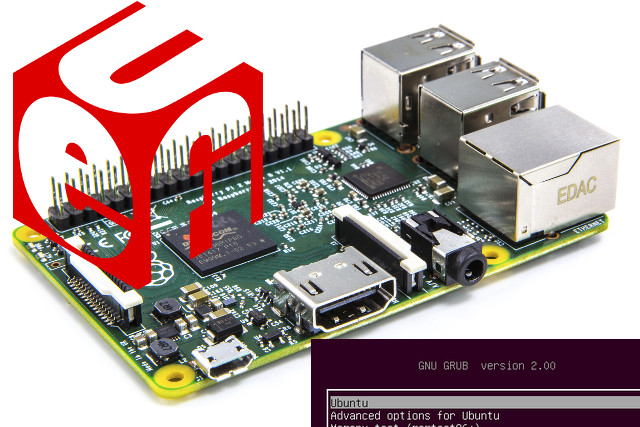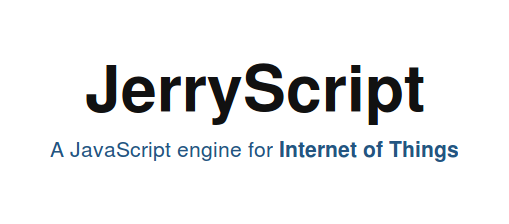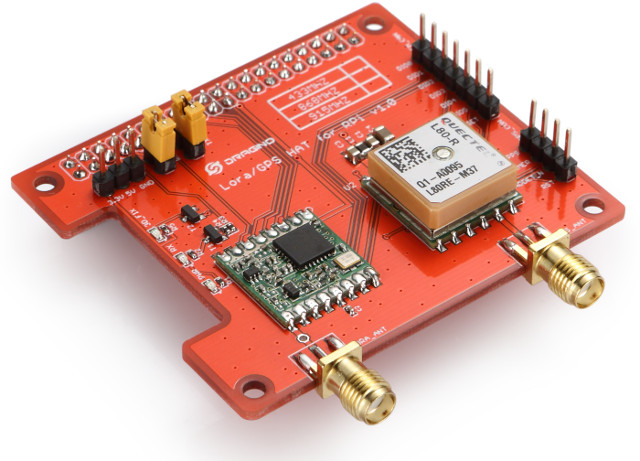RabbitMax Flex is an add-on board for the Raspberry Pi boards with 40-pin headers, namely Raspberry Pi Model A+ and B+, Raspberry Pi 2, Raspberry Pi 3 and Raspberry Pi 0, destined to be used for Internet of Things (IoT) and home automation applications thanks to 5x I2C headers, a relay, an LCD interface and more. I’ve received a small kit with RabbitMax Flex boards, a BMP180 temperature & barometric pressure I2C sensor, and a 16×2 LCD display. RabbitMax Flex specifications: Relay – Songle SRD-05VDC-SL-C supporting 125V/250VAC up to 10A, 30VDC up to 10A Storage – EEPROM with some system information for identification IR – IR LED, IR receiver Misc – Buzzer, Button, RGB LED Expansion Header for LCD character display + potentiometer for backlight adjustment 5x 4-pin headers for I2C sensors Dimensions – Raspberry Pi HAT compliant The assembly of the kit is child’s play as you don’t even need […]
Routers, IP Cameras/Phones & IoT Devices can be Security Risks even with the Latest Firmware, and a Strong Admin Password
I’ve just read an interesting article entitled “who makes the IoT things under attack“, explaining that devices connected to the Internet such as router, IP cameras, IP Phones, etc.. may be used by Botnet to launch DDoS attacks, and they do so using the default username and password. So you may think once you’ve updated the firmware when available, and changes the default admin/admin in the user interface, you’d be relatively safe. You’d be wrong, because the malware mentioned in the article, Mirai, uses Telnet or SSH trying a bunch of default username and password. That made me curious, so I scanned the ports on my TP-Link wireless router and ZTE ZXHN F600W fiber-to-the-home GPON modem pictured below, and installed by my Internet provider, the biggest in the country I live, so there may be hundred of thousands or millions of such modems in the country with the same default […]
Roku may soon launch 5 New Express, Premiere and Ultra Media Streamers
Roku is a popular brand for media streamers in North America, which also operates in some countries in Europe, and according to the leaked pictures provided by Zatznotfunny, the company has 5 models in the pipe for this year with entry-level (Express), mid-range (Premiere) and high-end (Ultra) versions. Let’s go through some of main features of the five models from low-end to high-end: Roku Express 3700 – About half the size of a Roku player, and comes with HDMI and micro USB ports. Roku Express Plus 3710 – Similar as above, possibly with additional ports (e.g. AV jack) or headphone + voice control remote Roku Premiere 4620 – Larger model Roku Premiere+ 4630 – Same as above but with Ethernet and micro SD, as well as HDR support Roku Ultra 4640 – Replacement of the current Roku 4 with HDMI output (4K / HDR), micro SD slot, optical S/PDIF, and […]
Nextcloud Box is a $80 Private Cloud Server with 1TB HDD for Development Boards
While there are plenty of cloud services provided by companies such as Dropbox or Google, you may want to manage you own private cloud server instead for performance and/or privacy reasons. One typical way to do this is to install Owncloud or Nextcloud (a fork of Owncloud), on a Linux computer or board such as Raspberry Pi 3. The former is usually a little expensive for just this task, the latter often results in cable mess, and in both case, some people may not be comfortable with setting it all up. Nextcloud, Western Digital, and Canonical seems to have addressed most of those issues with Nextcloud Box including a 1TB USB 3.0 WDLabs harddrive, Nextcloud case with space for the drive and small ARM or x86 Linux development boards, and a micro USB power supply. The kit also include a micro SD card pre-loaded with Snappy Ubuntu Core, Apache, MySQL […]
Project OWL Open Source Hardware Ophthalmoscope is 25 Times Cheaper than Commercial Products
Medical grade equipments are usually very expensive, partly because of their complexity, but also because of certifications, legal reasons, and low manufacturing volumes. That’s where open source hardware can make a big difference, and there has been several open source hardware prosthetic hands or arms such as Openbionics hand, but Ebin Philip and his team has tackled another issue with Project OWL, an open indirect ophthalmoscope (OIO) designed for screening retinal diseases, which normally costs between $10,000 to $25,000, but their open source hardware design can be put together for about $400. The design features a Raspberry Pi 2 board connected to a WaveShare 5″ Touchscreen LCD, a Raspberry Pi Pi IR Camera (M12 lens mount) with 16mm FL M12 lens, a 3 Watt Luxeon LED, two 50x50mm mirrors, a linear polarizer sheet, a 20 Dioptre disposable lens, and various passive components. While the Raspberry Pi board is not open […]
U-Boot Now Supports UEFI on 32-bit and 64-bit ARM Platforms
Intel/AMD x86 based computers now boot via a standard UEFI binary, which can load grub2, allows you to update the command line as needed, or select different version of the Linux kernel. On ARM everything is a little more complicated and messy, as bootloaders such as U-boot need to support different configurations formats. Alexander Graf has been working on implementing UEFI support in U-boot, and it’s now supported by U-boot mainline and enabled by default for 32-bit and 64-bit ARM platforms, but not x86-64 (yet). That means you should now be able to boot any ARM boards supported by mainline U-boot through UEFI. Alexander gave a presentation about his work at an openSUSE event in June, and demonstrated u-boot with UEFI, and GRUB2 support with an openSUSE image running on a Raspberry Pi board. Thanks to David for the tip. Jean-Luc Aufranc (CNXSoft)Jean-Luc started CNX Software in 2010 as a […]
Samsung JerryScript is a Lightweight Open Source JavaScript Engine for the Internet of Things
In the old days, micro-controller programming was all done in assembly or C, but in recent years higher level languages, included interpreted ones such as Python and JavaScript, have made their ways into MCUs with projects such as MicroPython or Espruino (JS) often running on STMicro STM32 ARM Cortex M micro-controllers, but also other platforms such as ESP8266. As I browsed through the Embedded Linux Conference Europe 2016 schedule, I discovered that Samsung worked on it own implementation of a JavaScript engine for the Internet of Things: JerryScript. It is a full implementation of ECMAScript 5.1 standard written in C that can run on micro-controllers with less than 64KB RAM, and less than 200KB storage (160KB footprint with ARM Thumb-2 compilation). JerryScript is comprised of two main components: Parser and Virtual Machine (VM), with the parser performing translation of input ECMAScript application into byte-code than is then executed by the Virtual […]
Dragino LoRa/GPS HAT Board for Raspberry Pi Sells for $32
There are several ways to play with LoRaWAN protocol on the Raspberry Pi including RisingHF Discovery kit or Cooking Hacks LoRa Shield for Raspberry Pi, but the latter requires you to spend close to $100 just for the shield, the complete Lora discovery kit costs close to $400. Dragino Tech LoRa/GPS HAT board should be a more cost effective way to get started with LoRa on Raspberry Pi, as it sells for $32 + shipping on Tindie. Dragino LoRa/GPS HAT specifications: Connectivity LoRa Semtech SX1276/SX1278 transceiver @ 433/868, or 915 MHz (Country dependent, pre-configured in the factory) 168 dB maximum link budget. +20 dBm – 100 mW constant RF output vs. +14 dBm high efficiency PA. Programmable bit rate up to 300 kbps. GPS L80 GPS module based on Mediatek MT3339 SoC Horizontal Position Accuracy: autonomous <2.5 m CEP. TTFF@-130dBm with EASY (AGPS): Cold Start <15s,Warm Start <5s,Hot start <1s; […]


